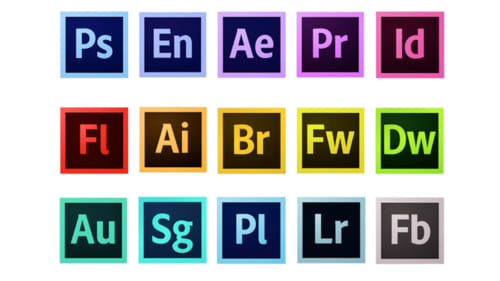

- #Reducing color noise in adobe final cut pro pro
- #Reducing color noise in adobe final cut pro series
Selecting the topmost level of the clip, displays the output (i.e mix) bus parameters. That lane’s audio parameters are shown in the inspector pane. When you select an audio lane, you can adjust its volume and apply audio effects to only that lane. You’ll now see a “track” or summing bus for each audio role – Dialogue, VO, VO2, and Music. Open the timeline index, enable “show audio lanes” which expands the audio of the compound. So pay attention to the proper and graceful ducking of music around spoken audio.Īfter you’ve made everything as uniform as possible, compound the sequence. Overall, the music volume can be a bit loud at this stage, but you want to make sure the balance is right for the entire sequence. But it’s a necessary step, including the addition or room tone/ambience to fill any gaps in the speech.įinally, check the music.
#Reducing color noise in adobe final cut pro pro
It’s far simpler in Premiere Pro to add audio dissolves (crossfades) across all audio edits in the timeline in a single step. My objective is to end up with a clip volume that’s a bit hot in the peaks and then use the range tool to highlight the larger peaks and duck them down a bit.Įxpand audio and make sure you have overlaps with fade handles between all clips. So if you’ve applied 12dB to the clip and it’s still too quiet, expand the audio and bump up the channel volume. Each of these can be raised by up to 12dB. You have the clip volume control, but if you expand the audio, you see the individual channels, which each have volume controls, as well. Final Cut Pro features multiple gain stages. Then, I meticulously go through and even out any level imbalances. To start, I’ll remove any audio effects that I’ve added to individual clips. Once the cut is approved and locked, I can move on to a final mix. So I only add what I need to “sell” the cut. In addition, certain effects, like noise reduction simply don’t work very well with short clips (more on that in a minute). I personally add very few audio effects at this point to the individual clips, because I will do that later. Once clips are imported and roles assigned, I can edit as I normally would in Final Cut. In this project, my audio roles are Dialogue, VO, VO2, and Music. If you had multiple speakers, each one could be assigned a separate role. The first step in this process is to assign the proper audio roles before clips are edited into the FCP sequence. The final challenge is to match the sonic quality of the voice-over pick-ups (done by the host at his home) to the original voice-overs. These were recorded on location, but in a quiet room.

The next challenge is getting the voice-overs to sound close to the on-camera audio. In those cases, it’s the lav mic, but then I have to contend with the duller sound of the mic under the clothing, along with some rustle. My personal preference is the boom, but sometimes the waves on the beach created too much background noise. The location sound mixer recorded both a Lavaliere mic and a boom mic on separate channels.

The host stand-ups were recorded in two environments – close to the shoreline and in a quiet wooded area.
#Reducing color noise in adobe final cut pro series
I’m working on an Alaska travelogue series – on-camera host on location, voice-overs, voice-over pick-ups, and music. You can adjust volume and apply effects to the entire lane, on top of anything done to individual clips contained inside of that lane. In essence, each audio lane within the compound clip is similar to a summing track stack in Logic Pro. The combination of lanes are in turn summed together and sent to the mix output. This is similar to a group or submix bus in a DAW. However, once you combine all clips in the sequence into a single compound clip, then the audio for all clips within an audio lane are summed together. If you exported an FCPXML file for an outside mixer, then audio roles help to organize the track layout in other audio software.Īt this point the clips are still individual. If you’ve assigned the correct audio roles to each clip, then all dialogue clips are grouped into the dialogue lane, all music clips in the music lane, and so on. For example, do you want to export a “textless” ProRes file from your timeline? Then simply disable the Titles video role in the export dialogue.Īpple engineers have done more with audio roles, which can be further grouped into audio “lanes” through the timeline index window. Audio and video clips can be assigned default and/or custom role designations, which can be used for visual organization and other functions. Several years ago, Apple added the “roles” feature.


 0 kommentar(er)
0 kommentar(er)
